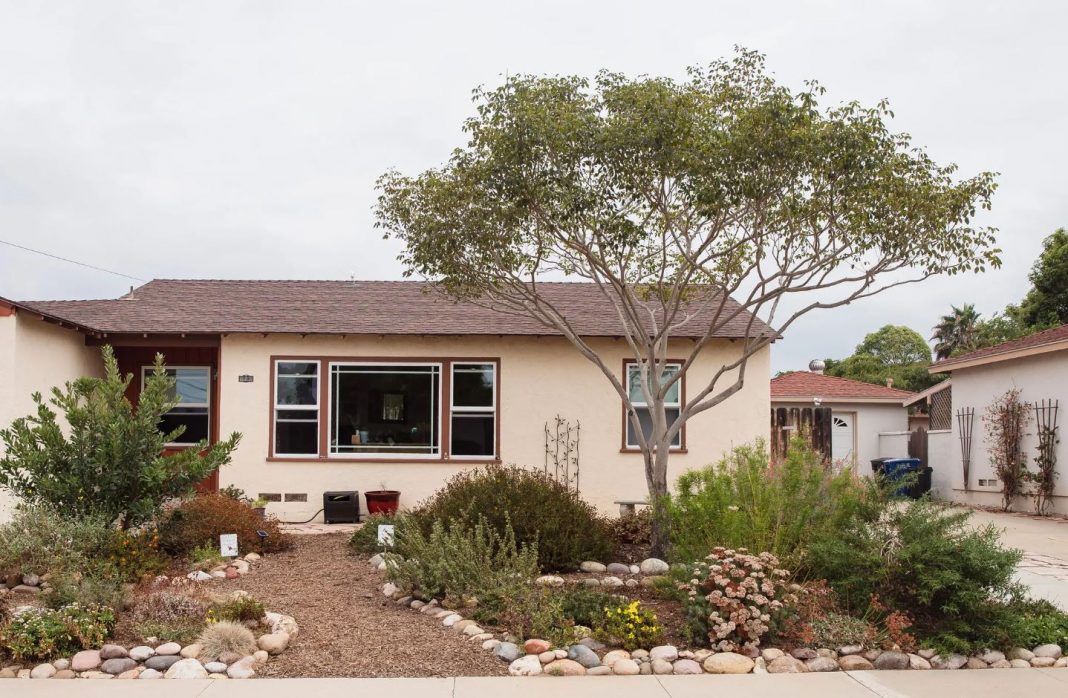In Phoenix, temperatures have been above 110 degrees for the last three weeks straight. Farmers Insurance is the latest in a line of insurance providers to stop writing new policies in Florida within the last year. And in Arizona, where the Colorado River is significantly decreasing, the governor has placed the brakes on new home-building due to a shortage of water, silencing the rumbling of new construction in one of America’s fastest-growing places.
July of 2023 was the warmest month on record, and a big reason for it is the buildings in which we live and work. Carbon emissions from all across the world are to blame for the rising global temperature. Additionally, the construction industry is responsible for almost 40% of worldwide carbon emissions.
Many of the most significant steps you can take to combat climate change may be taken right in your own backyard. Some of them need no more effort than turning a switch.
“When individuals consider their houses, they often imagine costly, extensive renovations like installing solar panels or new windows. But other adjustments are far cheaper and have a much larger effect,” writes Ashlee Piper in her book “Give a Sh*t: Do Good. Enjoy Life More. The book “Save the Planet” explains easy changes regular people may make to their lifestyles to save the planet.
Worldwide, heating and cooling account for a significant portion of total energy use and associated greenhouse gas emissions. When the temperature outside is low, lower the thermostat by two degrees. The same holds true for turning up the thermostat in the summer. The time you spend at work or elsewhere is a window of opportunity for conservation: Instead of running the air conditioner nonstop all day so you can come home to a comfortable temperature in the evening, environmentalists advise turning up the heat by around 10 degrees for at least eight hours daily. In the winter, it is also important to remember to reduce the heat before venturing outside. Cost reductions are another benefit: The Department of Energy reports that simply lowering the thermostat by 10 to 15 degrees Fahrenheit for eight hours a day, you may save up to 15 percent on your yearly heating expense.
According to the EPA, food waste accounts for roughly a quarter of all municipal solid trash, and when decomposed, food waste releases methane into the atmosphere, a very strong greenhouse gas. Composting, on the other hand, disrupts this cycle by allowing food wastes to decompose into a nutrient-rich substance that nourishes soil. Food waste may now be deposited in public compost containers in several places. Check with nearby farms, hire a private compost collection service, or buy a compact compost container if your city lacks a formal composting programme.
The use of gas stoves in newly constructed homes is illegal in New York. Induction stoves utilise electromagnets to heat cookware rather of the fossil fuel natural gas, thus even those living in older homes may benefit from this technology.
It takes a lot of natural gas to power a furnace. Electric heat pumps, which may be powered by renewable sources like wind and solar, can reduce residential carbon dioxide emissions by as much as 40 percent, according to research from the University of California, Davis. Plus, heat pumps use heat exchangers—the same components that power refrigerators and freezers—and may function in reverse. Therefore, a heat pump can effectively cool a property in the summer as well as the winter.
You may already have in your backyard one of the most effective weapons in the battle against climate change. Instead of a grass lawn, you should consider using native plants, hardscapes like gravel and stone that reduce water runoff and soil erosion, and water-efficient watering techniques like drip irrigation and rainwater collecting to achieve your green landscaping goals.
People’s relocation decisions are also influenced by climate. Some people have ambitious plans for the future.
“Moving five or 10 miles doesn’t make a lot of sense,” said Parag Khanna, CEO of Climate Alpha, a platform delivering climate-change real estate solutions, if you live in a region at high risk of wildfire, flood, or drought.
He anticipates more Americans will start looking for new destinations with climatic stability in mind as summers get hotter and winters become more harsh.

